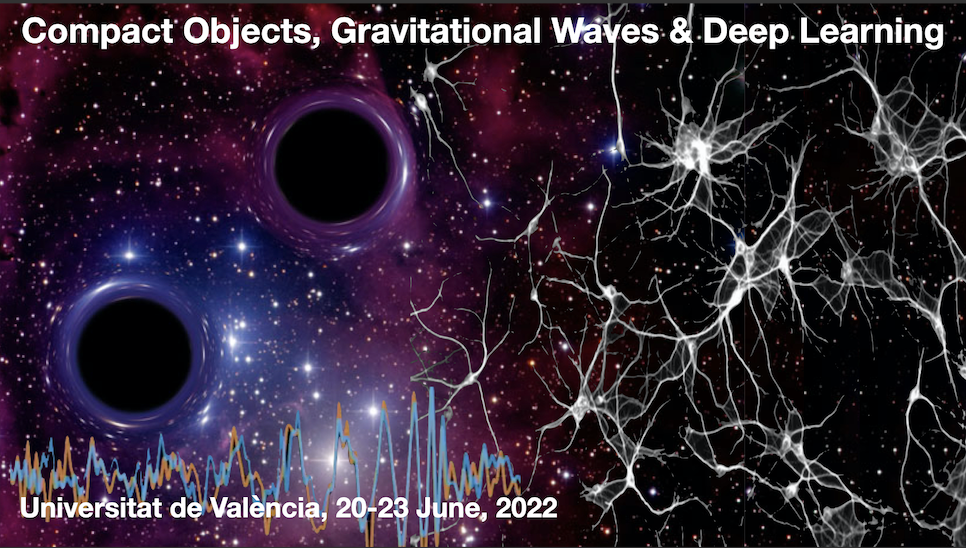Speaker
Description
Supernova (SN) explosions are one of the most energetic events in the observable universe.
Given that, they are the best natural laboratories to investigate extreme physical phenomena, that otherwise would not be reproducible on Earth.
During these powerful explosions chemical elements are also produced, that go to enrich the amount of heavy elements in the interstellar medium.
Three-dimensional long-time simulations of core-collapse supernovae (CCSNe) are crucial to better understand the connection between the progenitor star and the supernova remnants.
These studies have been performed using mainly two approaches: (i) a detailed 3D analysis of individual events, e.g. SN 1987A (M\"uller et al. 1991; Orlando et al. 2015, 2020), or (ii) 1D surveys of stars with different masses and initial conditions (Ugliano et al. 2012; Sukhbold et al. 2016; Ertl et al. 2020).
Here, we intend to extend the current 3D models in the fashion of the latter 1D simulations, considering SNe originated by different red super giant (RSG) progenitors with zero-age main-sequence (ZAMS) masses between 12.5𝑀⊙ and 27𝑀⊙.
This study shows a variety of explosion morphologies: all the models (except one) show the development of asymmetries in the ejecta from very early stages.
The growth of these asymmetries can be related to the motion of the central neutron star (NS): it has been observed that the strongest deviations from spherical symmetry are associated with higher kick velocity of the NS.




